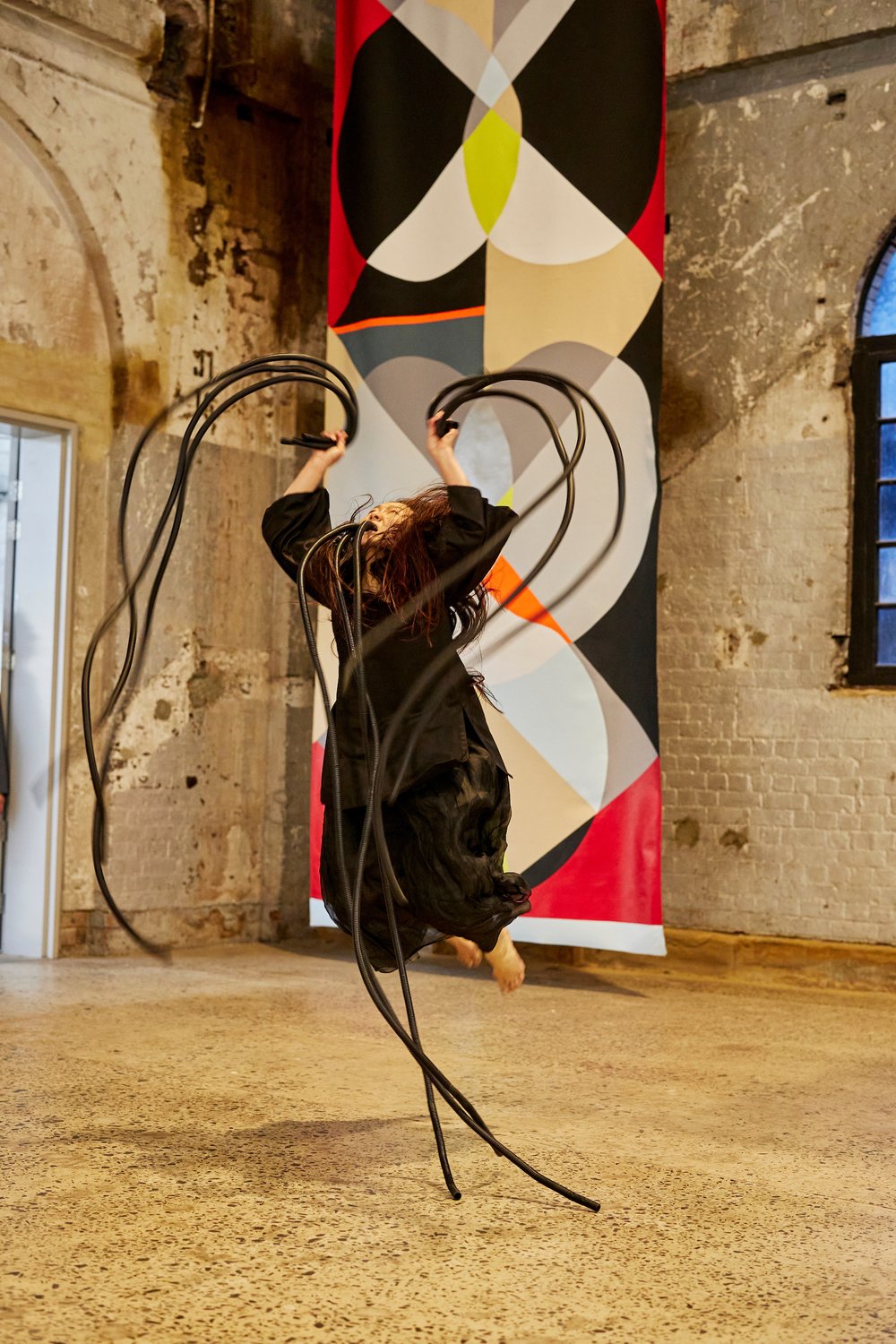Stories from the Body #3-Spice Trails
Critical Path Interchange Festival 2015
Setouchi Triennale, Port Takamatsu, Japan 2016
Spices are used by WeiZen in this fictional performance series Stories from the Body #3 - Spice Trails for their references to kitchen, tradition, trade, their colours and scents. The history of the Dutch East India Company’s fight with the Portuguese for gaining access to the sea trading routes of the Straits of Malacca and the spice trade in the early 17th century is tied to a history of coolies as a cheap or kidnapped source of labour within the colonisation era, which made up part of the Chinese Diaspora. She also references the history of women in situations of domestic and kitchen slavery, sometimes by choice and other times by force.
Stories from the Body #3 - Spice Trails has been performed twice in Japan's Setouchi Triennale 2016 in Port Takamatsu. It was originally devised and performed for Critical Path's Speak Local for Interchange Festival in November 2015, as a combined performance with Alan Schacher titled shoesandspices.
The imagery of shoes, open onto many cultural markers and taboos. Schacher’s references include the artists Wolfgang Laib, Anish Kapoor, Franko B, Doris Salcedo, and holocaust memorials in Washington and Budapest. Ho is inspired by the poetry of Kahlil Gibran and Rumi, and the common tradition that is held in most of Asia where shoes are always left before entering homes and sacred spaces.
The photos below and video are edited down from shoesandspices commissioned by Critical Path. All photos copyright of Heidrun Löhr.
“As I roll, roll and baste my body again and again on the turmeric, paprika, coriander, cumin I imagine the journeys these spices might have gone through and then the imageries come...
• body of coolies “ku li” the bitter use of strength, labour that gave us roads, buildings, the basic infrastructure of a township; Rubber, cotton, sugar plantation. coolie, racial slur, slave.
• women coolies under the Asian sun wrapped swaddled completely in long sleeves, gloves, scarves to protect from the sun. They emerge outside of their harsh labour as fair-skinned beauties.
• opium dens to forget the bitterness of poverty
• women chained to kitchens, pounding, mixing spices dried chilli, belimbing, green papaya, buah keras, tamarind, tangy, daun kesum, belachan, daun serai, fever grass to produce the most amazing Chinese-Malay fusion aromatic dishes, what is known now as Nyonya food.”






























































